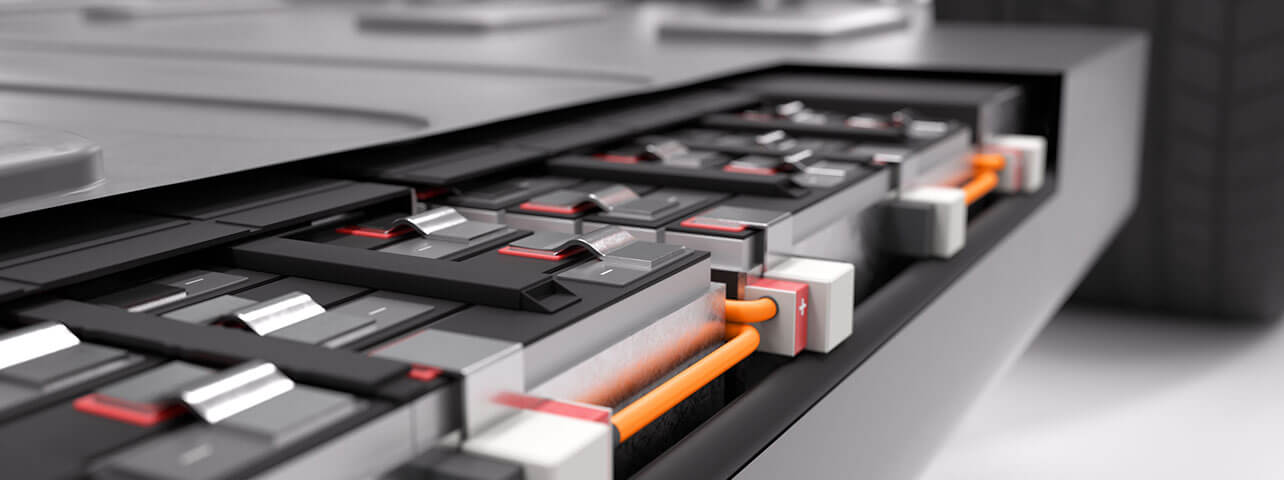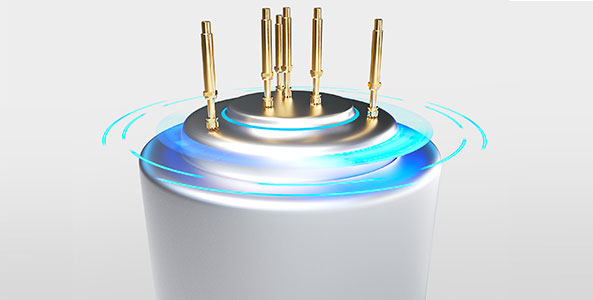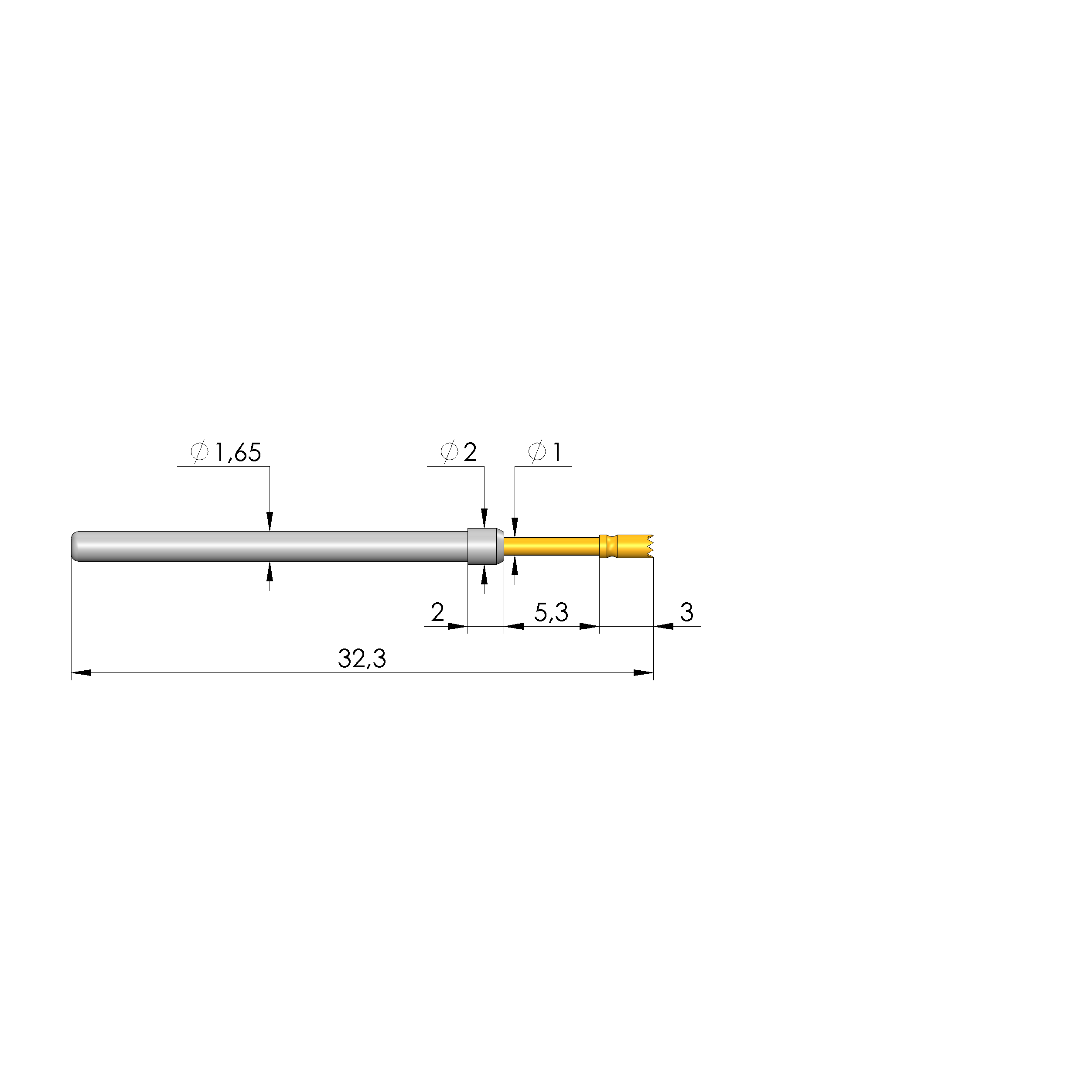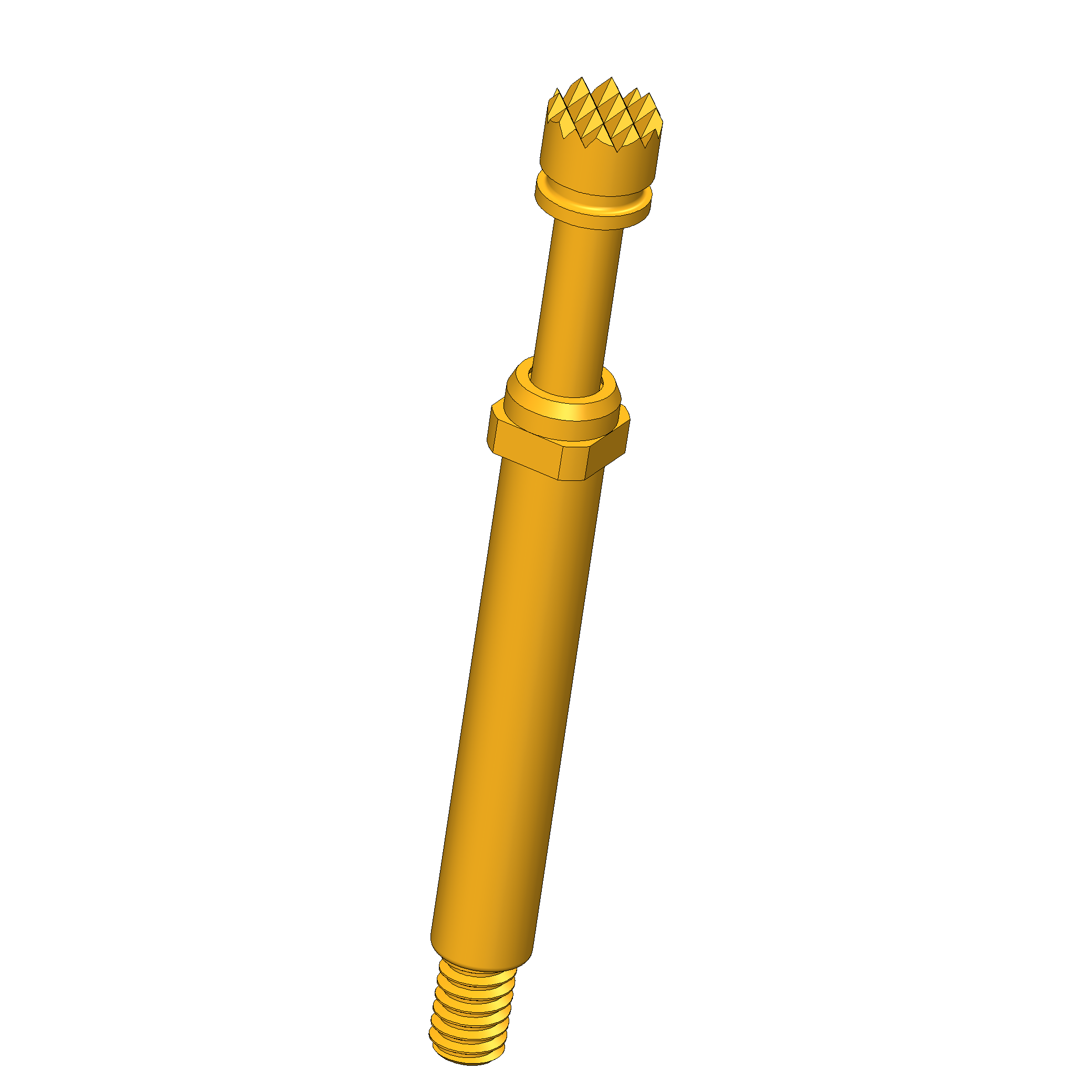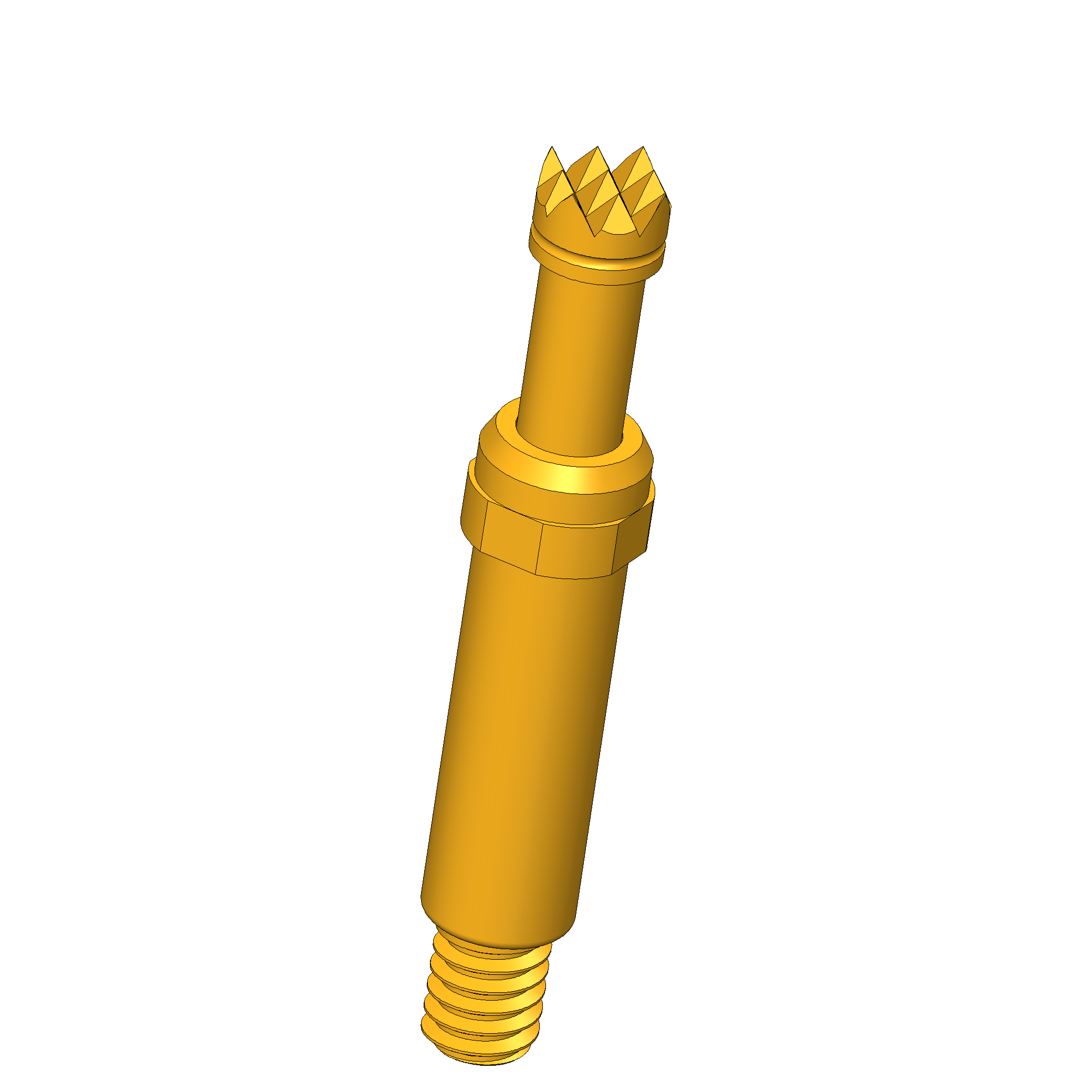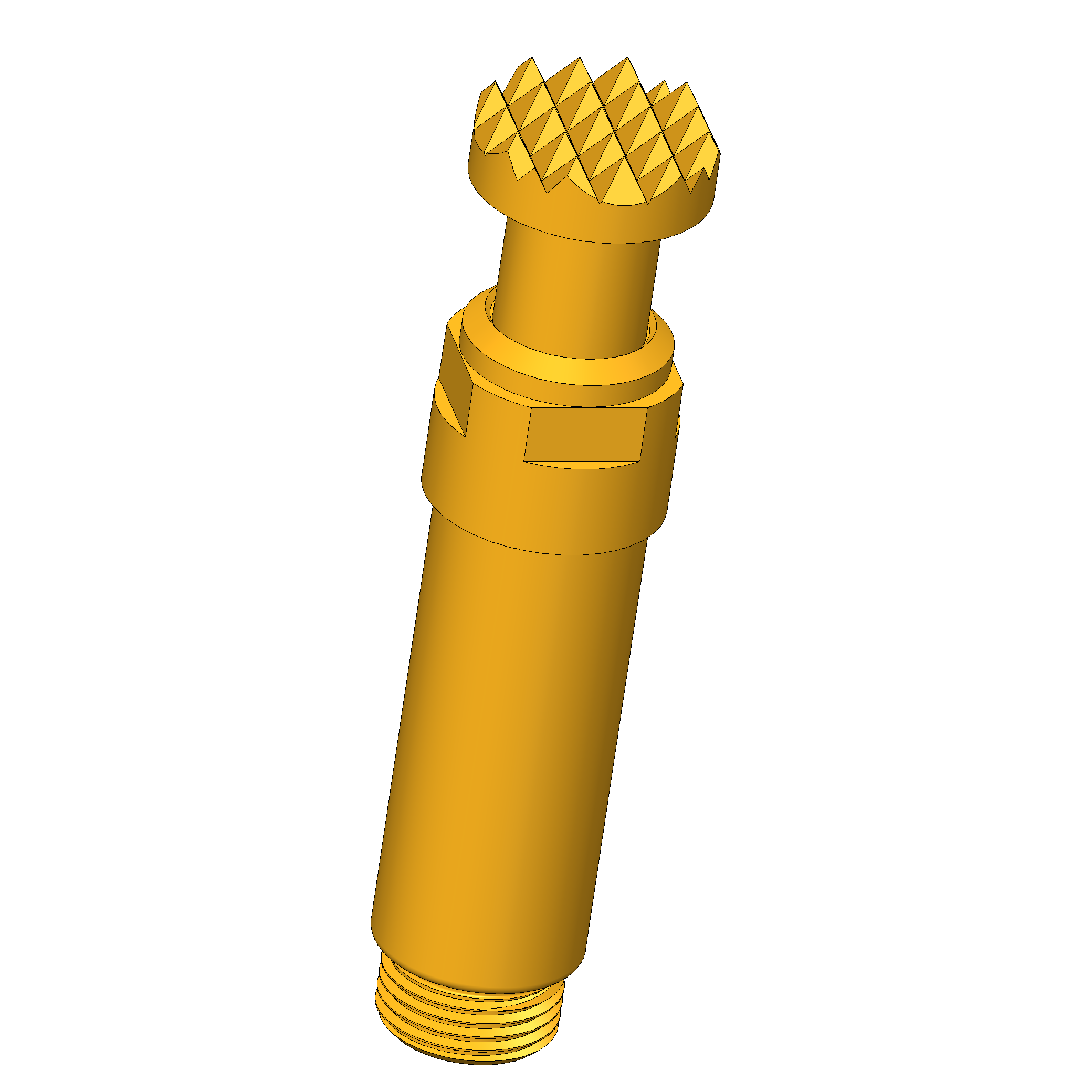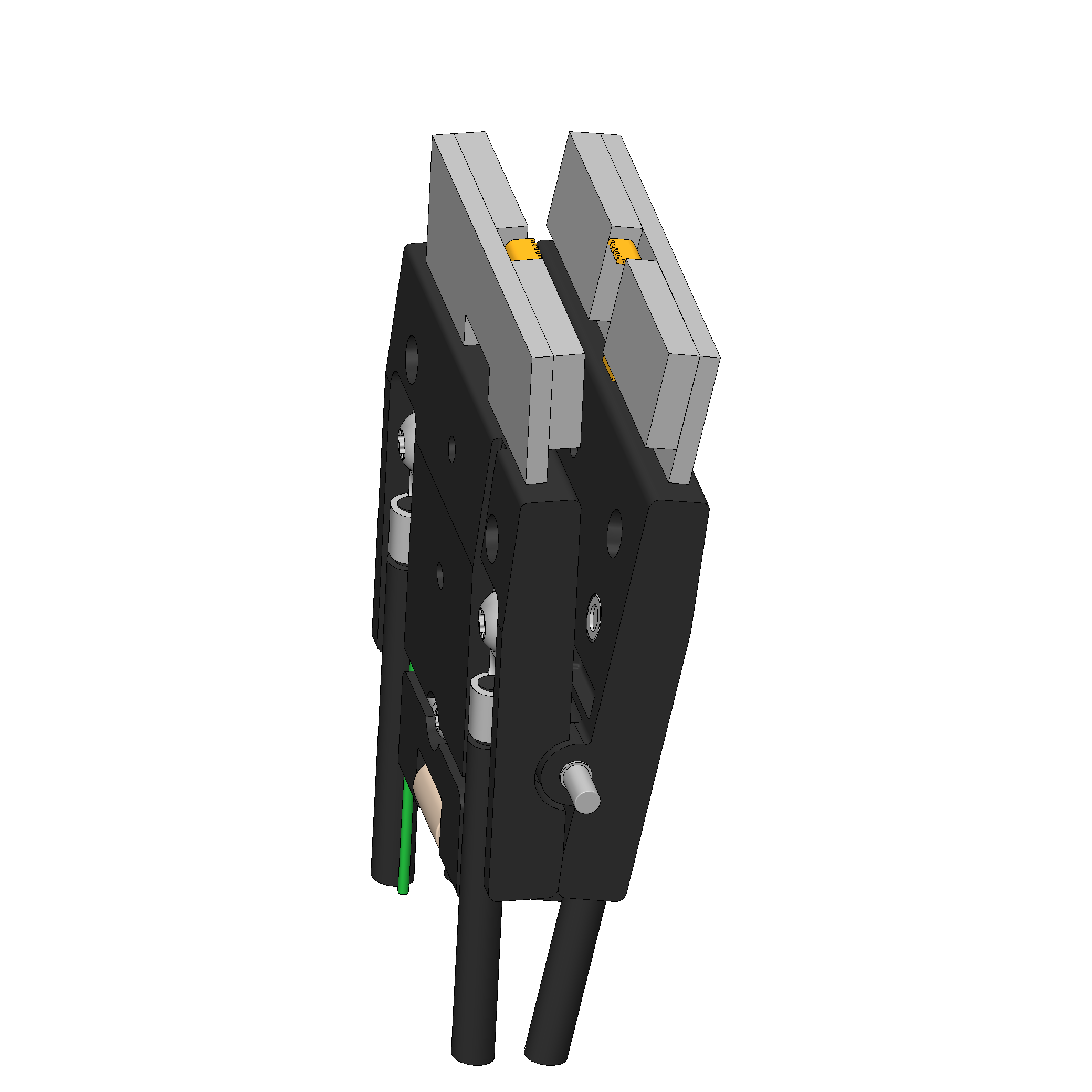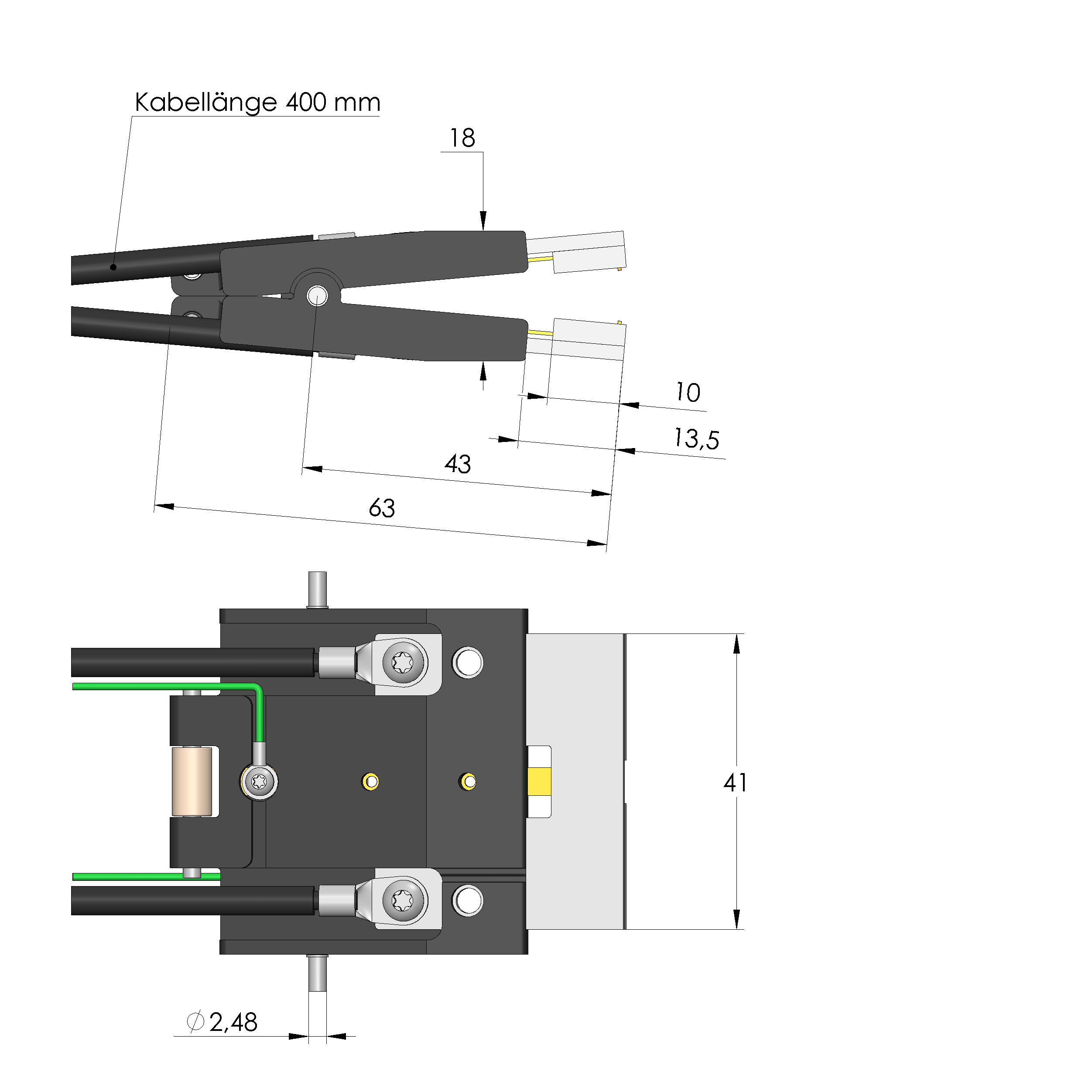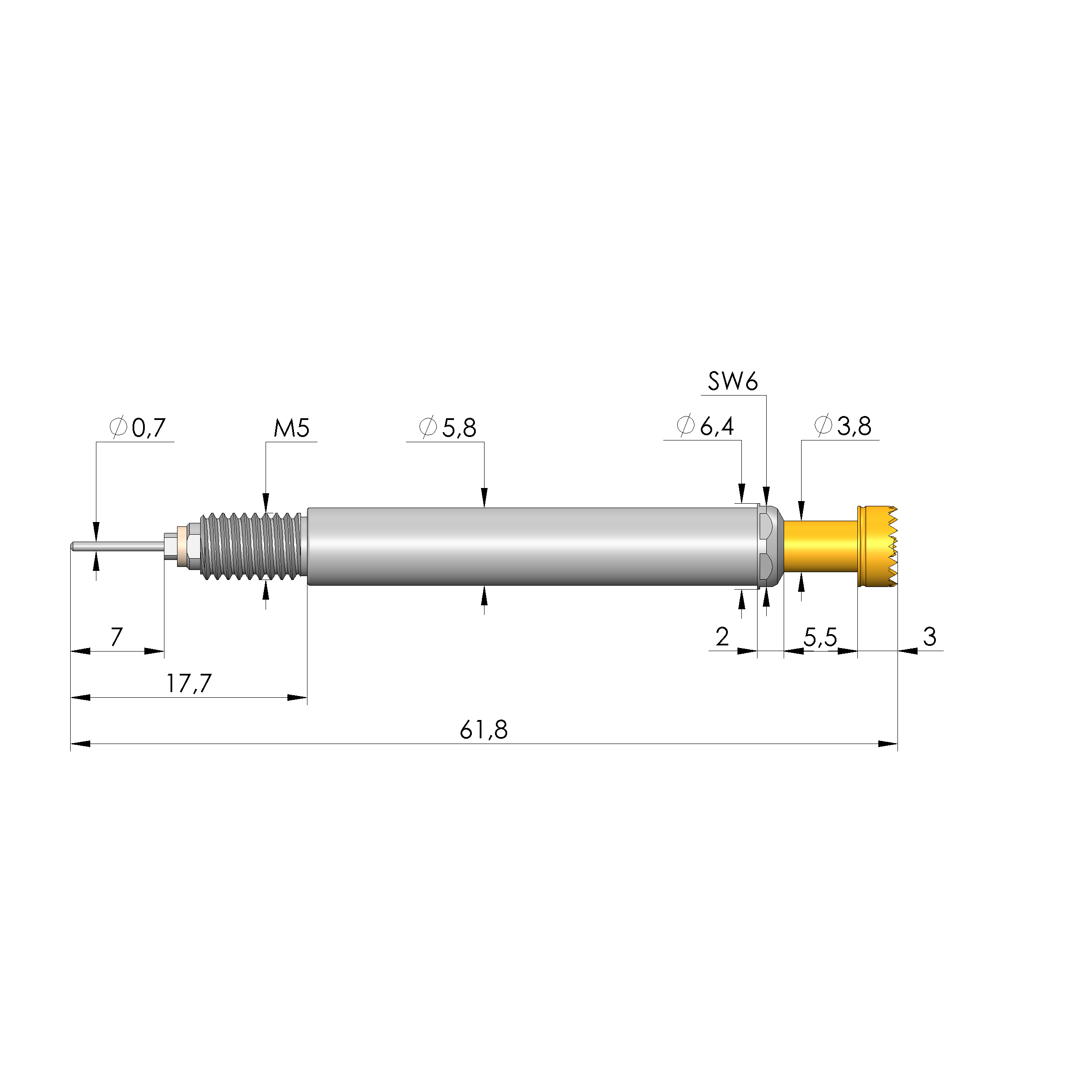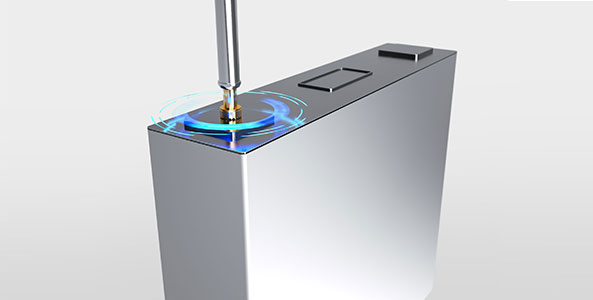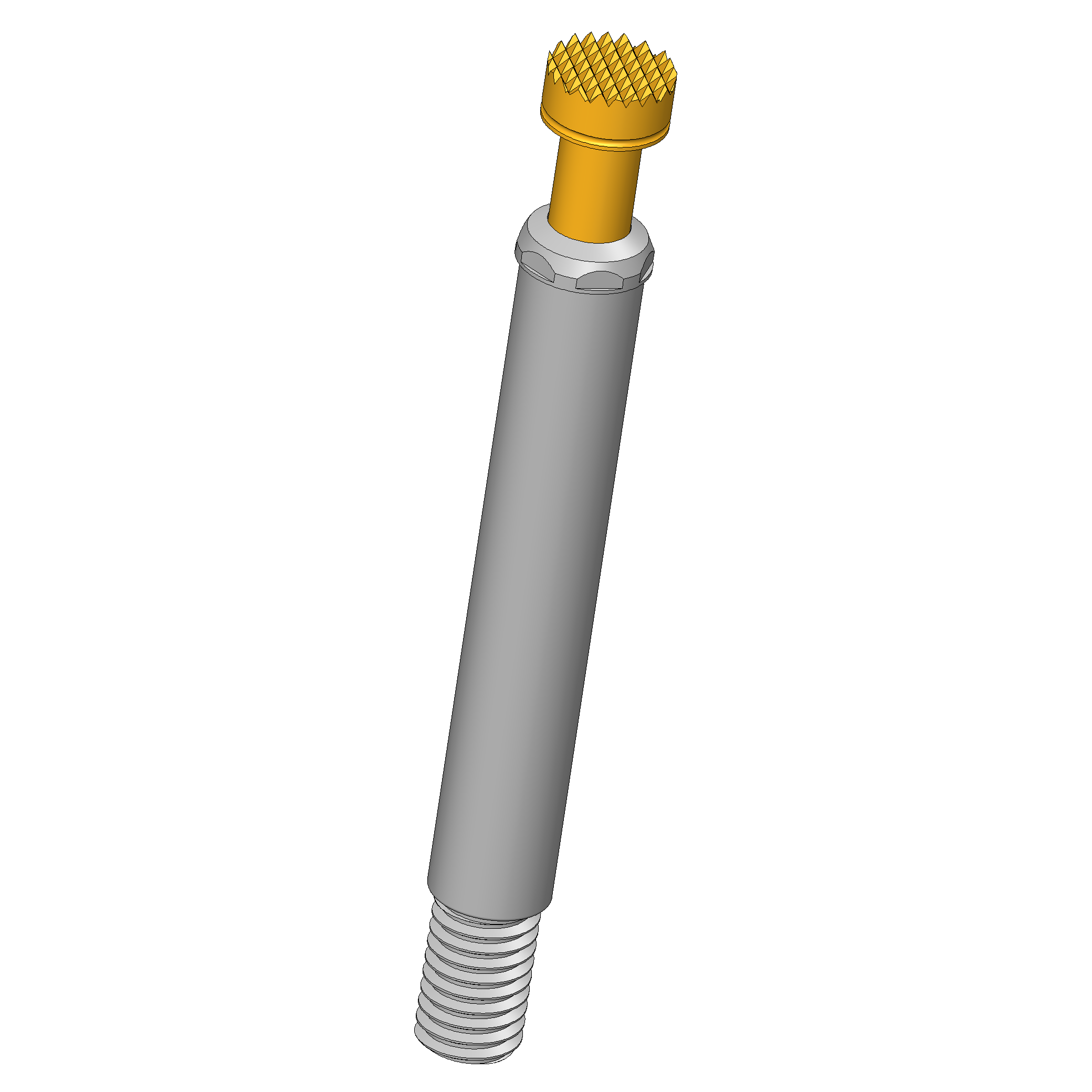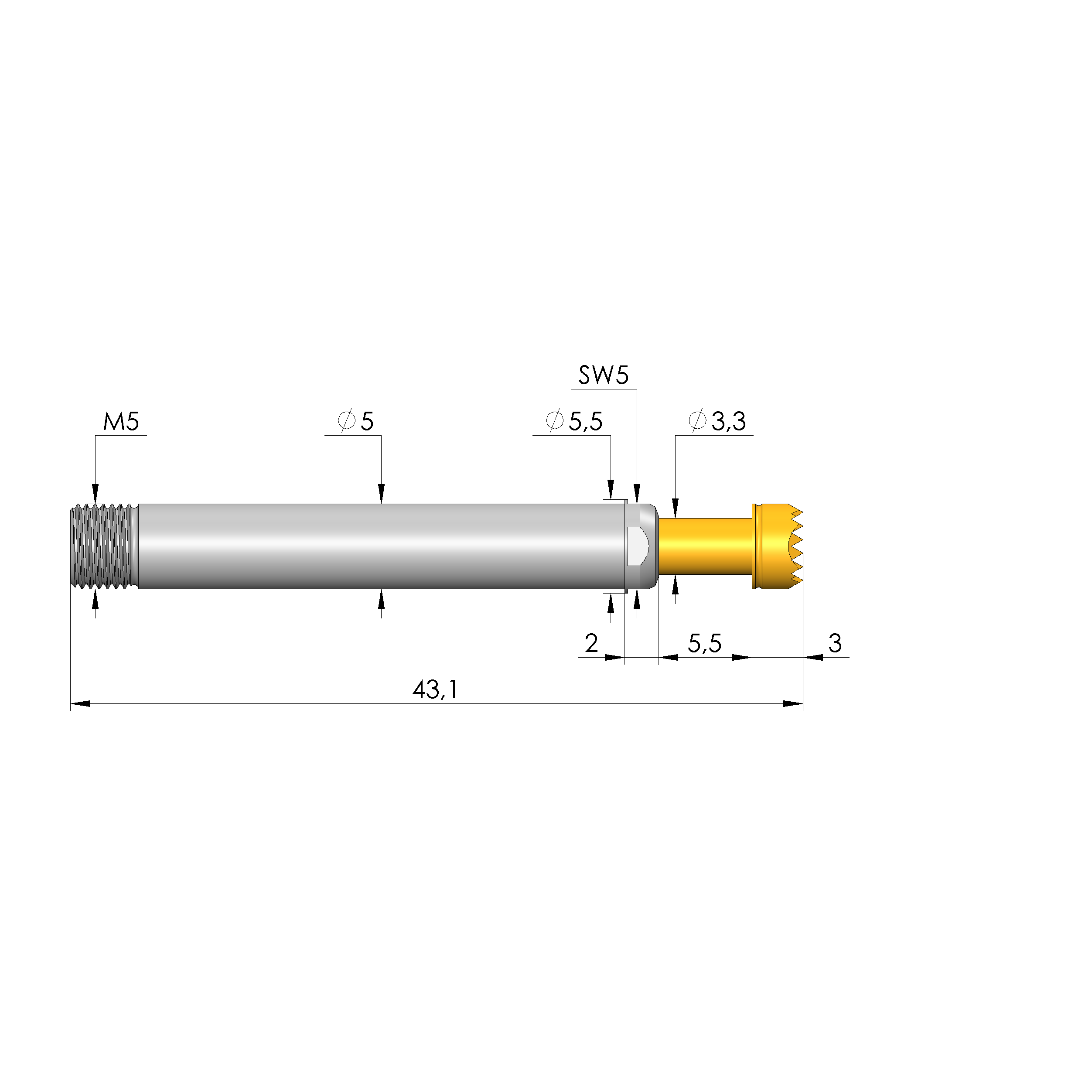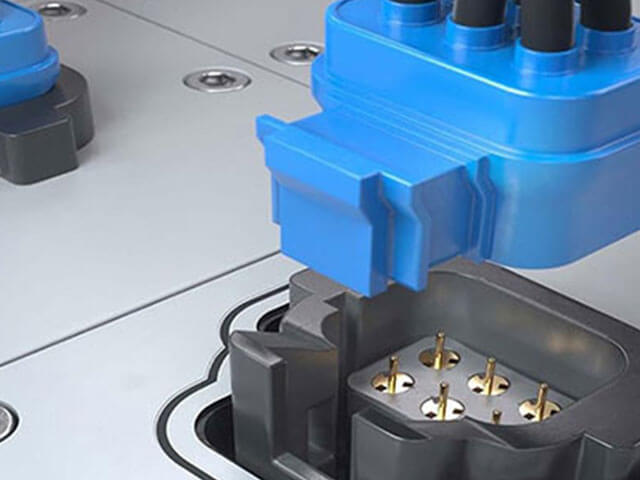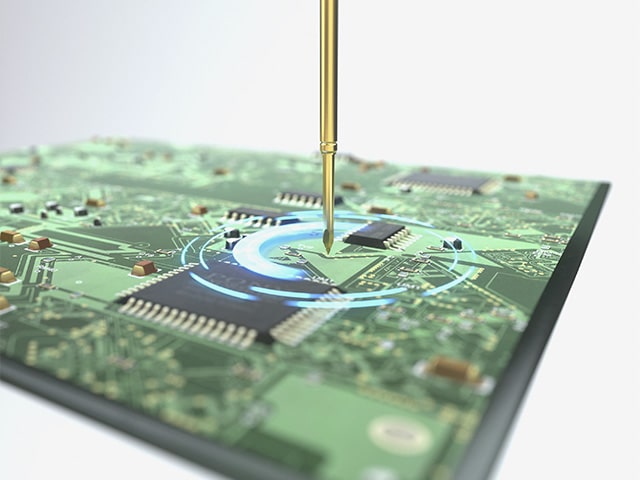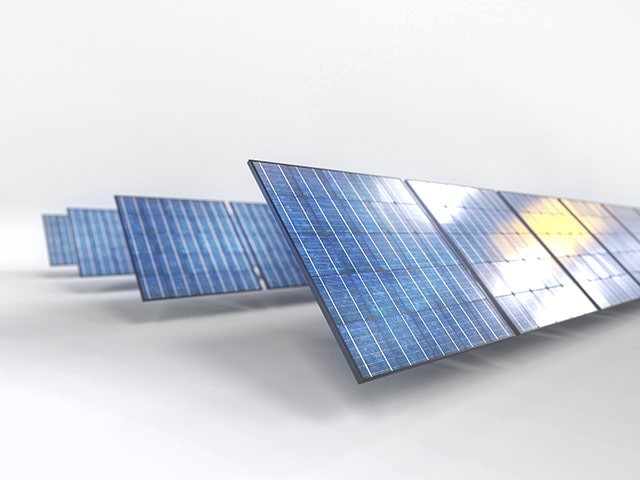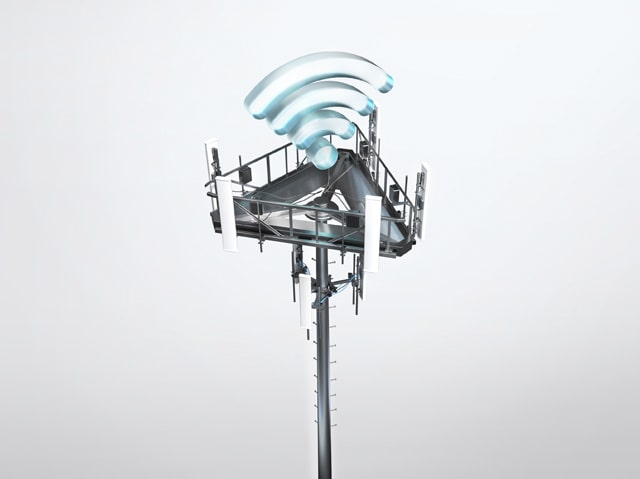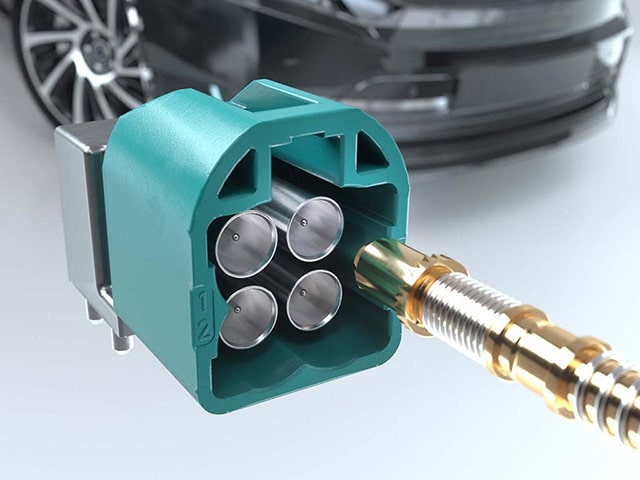The battery is a key technology for the step towards sustainable energy storage. In particular, the focus is on much needed green efficiency and forced reduction of CO2 emissions. It is fundamental that movement requires energy. Similarly, range requires the possibility of efficient and highly capacitive energy storage. This results in the need for highly developed and economical accumulators as the cornerstone of an evolutionary future of mobile and stationary energy storage for general use.
The challenge in the formation, insulation measurement, OCV/DCIR/ACIR/SOC testing as well as the initial charging/discharging create varying requirements. The high currents of up to 600 amperes through different C-rates define the required product. Furthermore, it may sometimes be necessary to penetrate the native oxide layers on the tabs/terminals with the test probe. A low-resistance, cross-section maximised contact point enables the transmission of high currents. This results in significant energy savings, which have a positive effect for the operator.
However, INGUN not only offers products for contacting highest currents, but also for four-wire and temperature measurement on the contact surface and diverse installation situations for the most varied battery geometries. Our product portfolio is scalable and modular in design. Moving forward, it is our ambition to expand the technology partnership for sustainable and resource-saving battery production and to continue to develop products in the full spectrum of the technology field.
Cylindrical battery cells
Cylindrical battery cells are the most frequently used geometry in the spectrum of standardised cell variants. While they are listed for household purposes as A/AA/AAA, in the e-mobility sector they are known as sizes 1865, 2170, and the newly developed 4680 cell. In the test procedure, the cylindrical shape basically represents an easy-to-contact outer geometry and accessibility of the tabs/terminals. The application range of the rated currents is between 2 and 200 amperes.
Pouch
Pouch cells allow freedom in term of their basic shape and design, as well offering energy density in the middle range. The currents for forming, charging/discharging, and testing are correspondingly high due to the higher capacities and outputs. The application of specialised contacting solutions by means of pliers technology, also for four-wire measurement, are used here. The application range of the rated currents is between 20 and 400 amperes.
Prisma
The prismatic cell is the most energy-dense cell among the respective cell geometries. Due to the compact, robust shape of the housing, it is the preferred application in the automotive sector. Various options for mounting contact/connection elements can be provided on the tabs/terminals. However, due to the high currents and oxide layers, contacting the poles is considerably more difficult. However, this test challenge can be mastered sustainably with the help of INGUN products. The application range of the rated currents is between 200 and 400 amperes.
Reliable, uninterrupted and low-stress contacting of accumulators
The testing of battery cells requires reliable, low-resistance contacting, with as little mechanical stress as possible - even at high currents up to 600 amps. With specialised four-wire measurement solutions and durable contact surfaces INGUN provides reliable, efficient contacting solutions for battery cells as well as the precise measurement of currents and voltages directly at the terminals.
Thanks to modular all-in-one solutions, which are individually assembled from the extremely comprehensive portfolio of test fixture kits, test probes, and customising accessories, INGUN is able to provide suitable contacting solutions quickly. All components for a reliable connection from the test point to the test system are available in a very wide range of versions - supplemented by joint development with the customer if required. Of course, this also applies to revolutionary trends such as the solid-state battery, which is to follow electrolyte-based batteries and is expected to be a product ready for series production around 2025.
